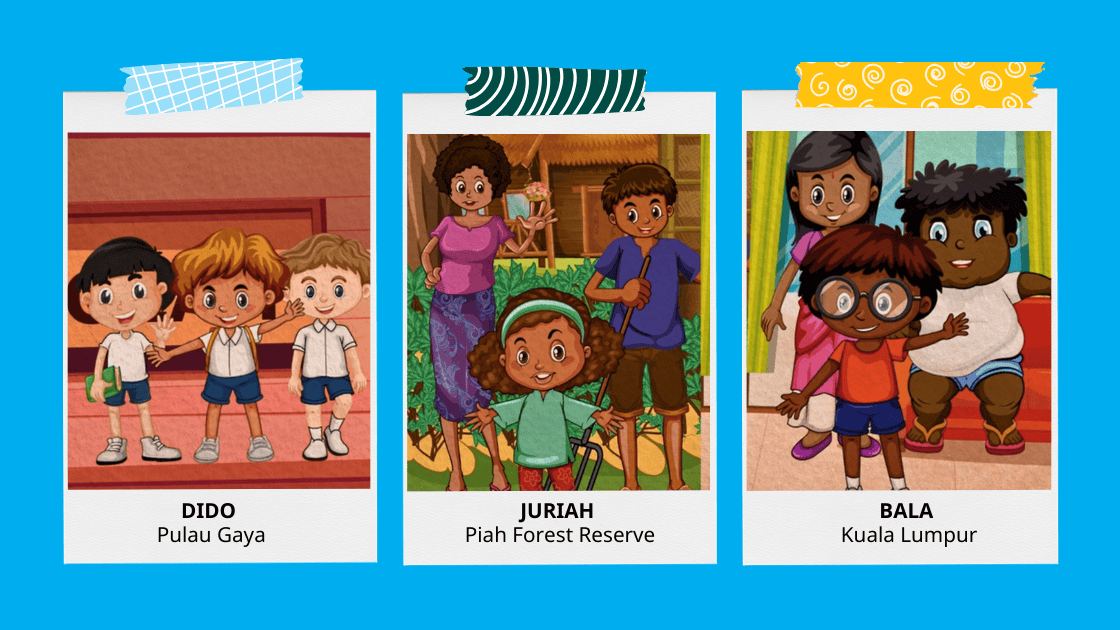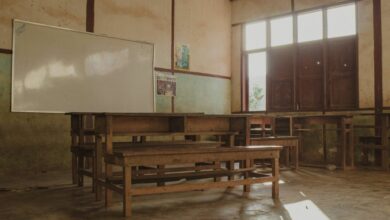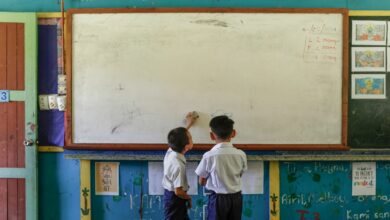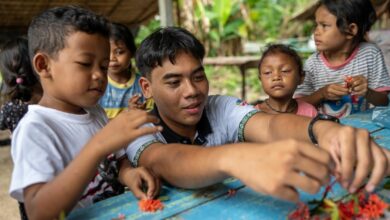Climate change is changing children’s lives in ways we might not immediately see. From the quiet shores of remote islands to the bustling streets of major cities, the impacts are profound and often heartbreaking. But did you know children, especially those living in marginalized communities, are particularly vulnerable? Jom, explore the stories of three children from different corners of Malaysia to see how climate change is changing children’s lives.
Dido’s battle: When rain turns from friend to foe
Meet Dido, an 11-year-old Bajau boy from Pulau Gaya, a beautiful island off Sabah’s coast. Dido’s world is one of sea and sky, where his father fishes and his mother sells ikan masin at the market. His days are filled with sea breezes and island adventures, but climate change is turning his paradise into a place of uncertainty.
“When it rains too much, I have to stay home and cannot go to school,” Dido says, eyes filled with mixed emotions. “Aki (father) can’t catch fish, and we have to eat less fresh food.”
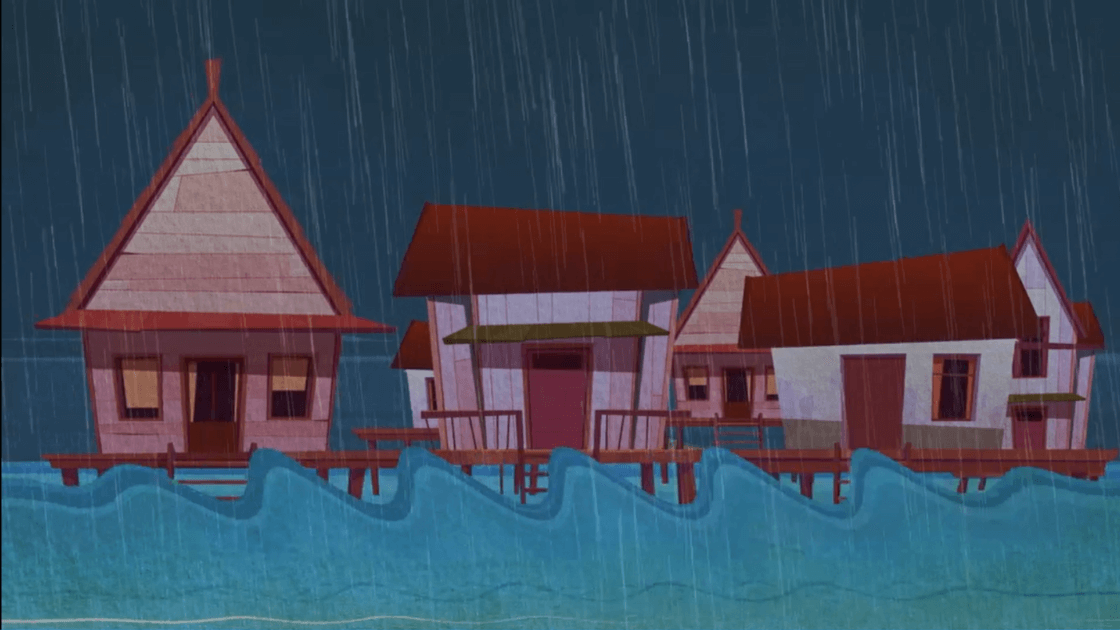
Dido’s kampung sits on stilts above the water. Increasing and unpredictable rainfalls due to climate change are disrupting everything. Schools close when the rains are too heavy, boats stay docked, Dido’s dad can’t fish, and the rhythm of life grinds to a halt. This isn’t just a minor inconvenience—it’s becoming a regular struggle. Climate change is changing children’s routines, making everyday a challenge.
Juriah’s journey: Flooded paths and dangerous roads
Deep in Perak’s Piah Forest Reserve, 15-year-old Juriah, an indigenous Temiar girl, lives a life deeply connected with nature. Her kampung in Pos Kuala Mu is blessed with lush greenery and abundant food. But lately, the rainforest isn’t peaceful anymore. The heavy rains triggered by climate change now flood the rivers and cause landslides.
“Sometimes the river is too high to cross,” Juriah explains, her voice tinged with worry. “We can’t get to school, and it’s dangerous. The rain makes our village unsafe.”
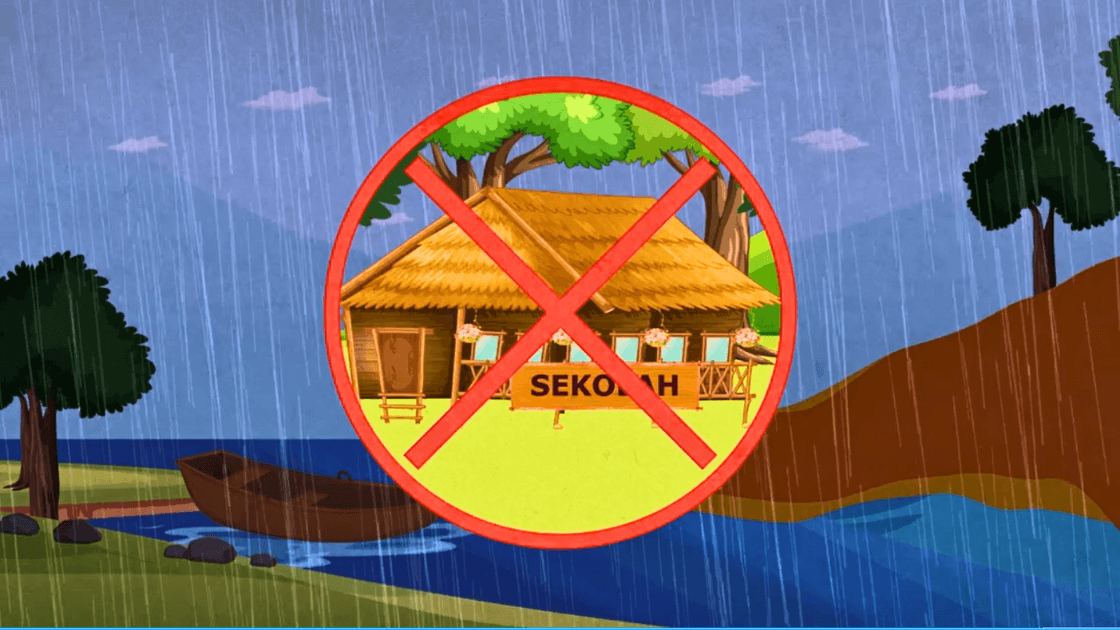
The beautiful forest that usually protects Juriah and her community can also become a threat because of the changing weather. Climate change is changing children’s ability to safely navigate their own communities, turning familiar routes into risky adventures.
Bala’s reality: The scorching heat of Kuala Lumpur
In the heart of Kuala Lumpur, 9-year-old Bala feels the scorching heat. Unlike Juriah’s rainforest, Bala’s city is a concrete jungle, trapping heat and making life almost unbearable.
“It’s so hot now,” Bala says, wiping sweat from his brow. “My parents say it wasn’t this bad before. We can’t buy as much food because everything costs more.”
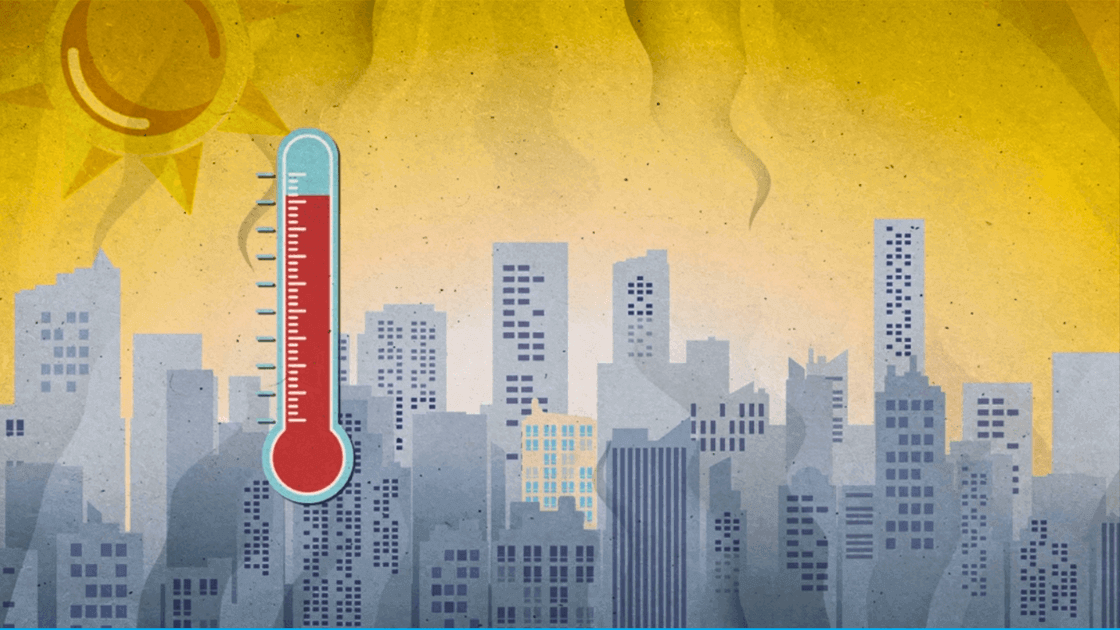
Kuala Lumpur’s urban heat island effect makes the city feel like an oven. The concrete jungle traps heat and raises temperatures, and food prices are soaring because of climate change. Even in a city with modern conveniences, Bala’s family struggles to keep up with the rising costs. Climate change is changing children’s everyday experiences, affecting their comfort and their families’ well-being.
How climate change is changing our lives
Across Malaysia, children and young people like Dido, Juriah and Bala are bearing the brunt of climate change. Coastal communities face rising sea levels and erratic weather. Inland areas grapple with flooding and landslides. Urban centres endure extreme heat and soaring food prices.
These stories show that climate change isn’t some distant future problem – it’s here, and it’s changing children’s lives right now. From Pulau Gaya to Kuala Lumpur, children are experiencing the direct impacts of our changing planet. But there’s still hope.
Moving forward: Our role in Climate Action
So, what can we do to protect the futures of Dido, Juriah, Bala, and countless others? It’s up to all of us -governments, communities, and individuals – to step up. We need policies that protect the environment, ensure children can get to school safely, and support families with sustainable ways to make a living.
Let’s listen to stories like Dido’s, Juriah’s, and Bala’s and use them to take action. Together, we can fight climate change and build a future where every child can thrive. It’s our world, and we’ve got the power to make it better. Let’s do this lah!
READ >> From Floods to Heatwaves: A Call to Action for Climate Change
